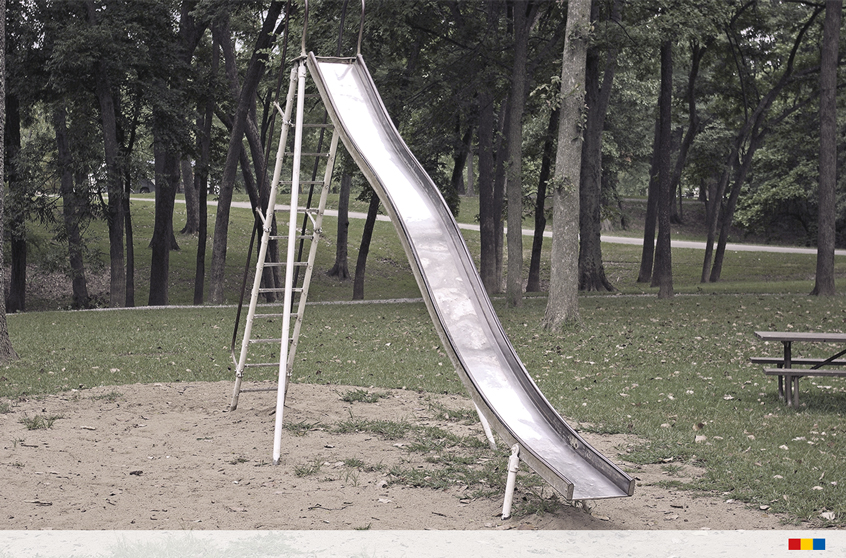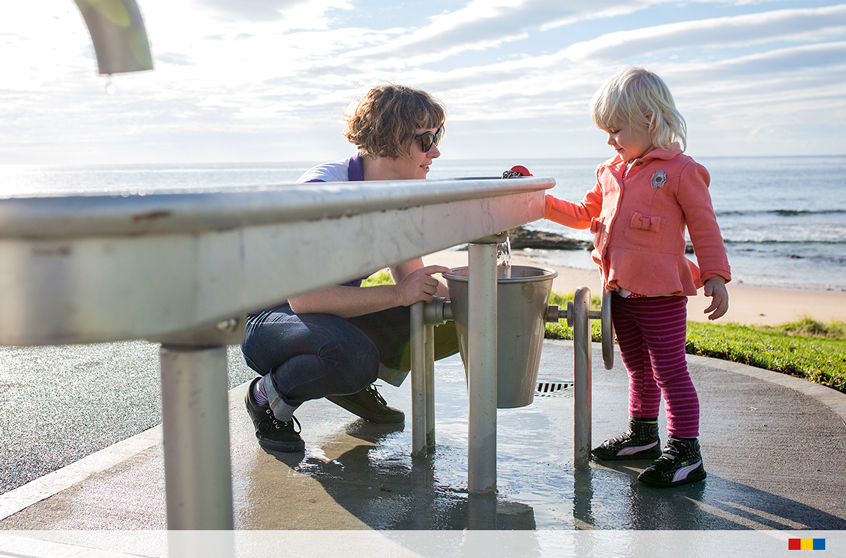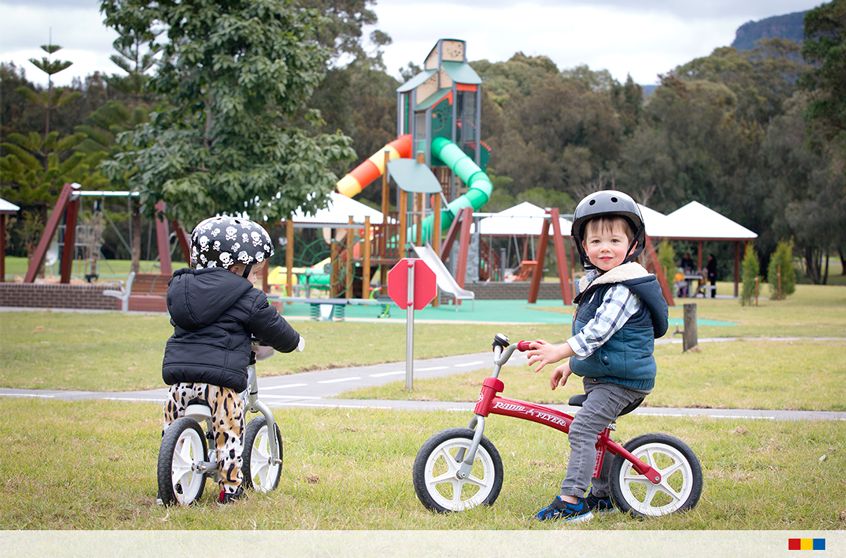And how will they help me get a better result with our new playground?
Play is an important aspect of a child’s life, which affects their learning, knowledge, skill development (including problem solving), social and imaginative abilities and more.
So you’re just getting started on the process of designing or building a new playground area? Great! We want to help you understand how the Australian Standards for Playgrounds can really help you achieve a great result.
It may help you to know we firmly believe the current Australian Standards are the best they have ever been. Yes, the best for everybody but especially the children that need great opportunities to play. And we say that as having 30 years of experience in building playgrounds.
The “Cotton wool kids” era
You see, Australia went through a period in the 80’s and 90’s when many of the old playgrounds were shut down due to safety issues (many of them rightly so) but the new standards that were implemented at the time led to what we now call the “cotton wool kids” era. When everything had to be so safe it largely lost the spirit of play.

In their place many playgrounds became “cookie cutter” style to maintain the new safety standards, a lot of the height factor was taken away, even “foreseeable risk” (which is a good thing by the way) had to be designed out of the playgrounds and, well, kids and their parents just lost interest in going to the playground. And we could understand why. The thrill had gone, you might say.
The good news? Actually the great news is… there were (and still are) enough concerned individuals in the world that recognised the need of exciting, challenging and stimulating play as an essential part of a child’s growing up years and they could see that the benefit of this was being lost because of these onerous safety standards.
As a result since around 2000 those individuals (and ourselves) have been steadily working with the Safety Standards organisations and Government bodies, in Australia and around the world, to remove the shackles from playground designers and re-introduce the elements of risk that are OK to have in a playground… and to also write these rules into the standards so designers have the tolerance of design to make playgrounds attractive to children once again.

What is a hazard vs. a foreseeable risk?
An example of how the authors of the Australian Standards managed to do this is by making it easy (through clear definitions, dimensions and diagrams) for designers, manufacturers and playground auditors to identify the difference between a “foreseeable risk” and a “hazard”.
A “foreseeable risk”
Is where a child can see there is risk involved but they build confidence by trying to master the challenge it represents (eg: a sway bridge with sides that are relatively open design)
A “hazard”
Is something that may injure a child that they could not pre-identify as dangerous (eg: sharp edges or spaces where they may get trapped).
So you can see the practical benefit of having rules to assist with good playground design. This is where they shine and is why you can have confidence they are not just “more red tape” but actually add value to the modern day process of designing new play spaces.
As a playground operator, you should engage with a professional or competent playground designer that can interpret the standards for you, to make the process easy and ensure a reliable outcome.

You can get in touch with us here or call for more information on the management or safety guidelines relating to public playgrounds, give our friendly and experienced staff a call today on 1800 806 145.


